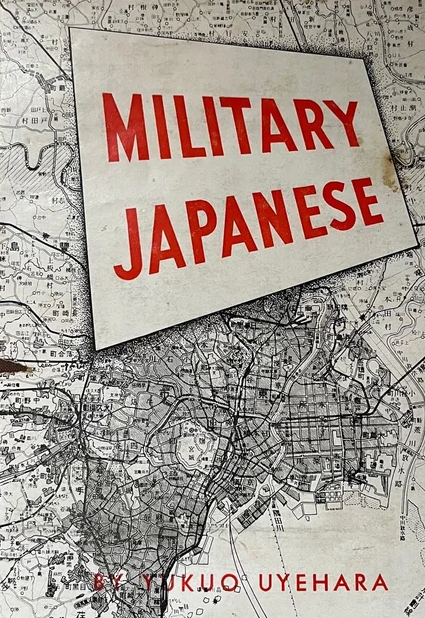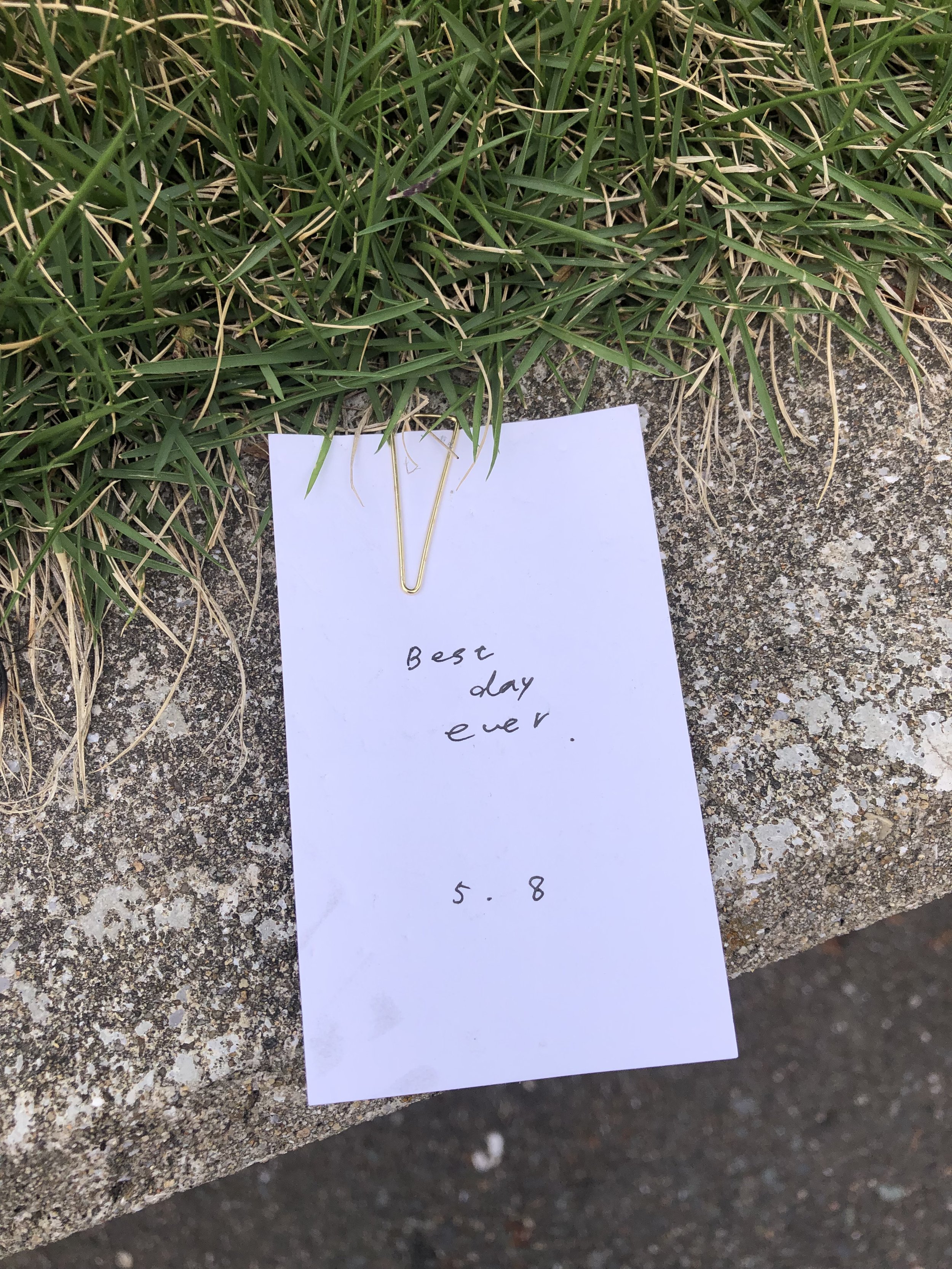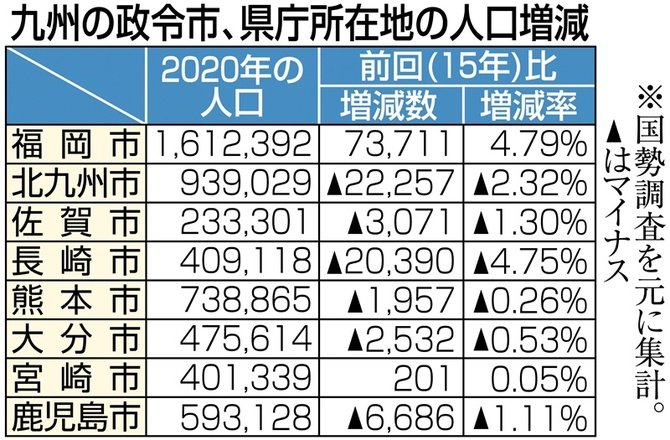Despite the "Broadcast of the Jeweled Voice [of the Emperor]" (玉音放送) on 15 August 1945, in reality, fighting in the Pacific theater continued for days. Curiously, I don't think many, if any, Japanese alive today know this.
The 玉音放送 (Gyokuon Hōsō, “Broadcast of the Jeweled Voice”) aired on 15 August 1945 was Emperor Hirohito’s radio broadcast announcing Japan’s acceptance of the Potsdam Declaration and surrender.
Despite that unprecedented announcement, fighting did not immediately stop. Many Japanese forces abroad never even heard the broadcast, communications broke down, and in some cases local commanders refused to accept it.
Some examples of what happened after the Gyokuon Hōsō:
China and Southeast Asia: Fighting continued for days and even weeks. Japanese units in China, French Indochina, and the Dutch East Indies sometimes resisted surrender, partly due to poor communication and partly out of defiance.
Manchuria: The Soviet invasion had only just begun (August 9 onward), and large-scale fighting continued well after August 15. In fact, Japanese forces there formally surrendered only on September 2, the same day as the Tokyo Bay ceremony aboard USS Missouri.
Okinawa and isolated islands: Even in the Pacific islands, many soldiers fought on or remained in hiding for weeks, months, and in some cases decades (famously the “holdouts” like Hiroo Onoda, who didn’t surrender until 1974 in the Philippines).
Casualties after surrender: There were still skirmishes and killings of both Japanese and Allied soldiers in the days following the broadcast, sometimes because word hadn’t reached isolated units, sometimes because of disbelief or unwillingness to accept surrender.
August 15, 1945 – Emperor’s Broadcast
Hirohito’s Gyokuon Hōsō announces surrender.
Many Japanese soldiers and civilians cannot understand the archaic court Japanese, and commanders have to “interpret” the message for their men.
Some officers refuse to believe it, suspecting a trick.
August 16–17
China & Manchuria: Fighting with the Soviets intensifies. The Red Army pushes deep into Manchuria, Korea, Sakhalin, and the Kuriles.
Indochina & Dutch East Indies: Local Japanese garrisons fight on, both because of poor communications and to maintain order until Allies arrive.
August 18
Kuriles Incident: Japanese forces fire on an American reconnaissance group attempting a landing.
Air Combat near Tokyo: As you noted from the New York Times report, Japanese kamikaze attack an American photo-recon plane over Tokyo Bay — two U.S. crewmen are wounded, both Japanese planes are shot down.
Manchuria: Soviets seize Mukden (Shenyang), capturing top Japanese officers.
August 19–20
China: Chiang Kai-shek orders Japanese troops to maintain security until Nationalist forces arrive — creating bizarre situations where former enemies are temporarily “peacekeepers.”
Burma & Southeast Asia: Sporadic firefights continue as Japanese units await Allied contact.
August 21–23
Soviet Expansion: Red Army advances into the Kuriles and South Sakhalin. Thousands of Japanese soldiers and civilians are killed or captured even though Japan has “surrendered.”
Indonesia (Java & Sumatra): Local independence movements rise up; Japanese forces resist at times, fearing Allied retribution if chaos erupts.
August 24–28
China: Fighting between Japanese units and Chinese Communists breaks out — both sides exploiting the vacuum before Allied occupation.
Allied POWs: Still held in camps; liberation is slow and uneven. Some guards continue brutal treatment even after the surrender order.
August 29–31
Occupation Begins: The first U.S. troops land at Atsugi airfield near Tokyo on August 28 without incident, but tension is high. Japanese soldiers still heavily armed and disciplined, though under orders not to resist.
Isolated Garrison Resistance: Some remote Pacific islands do not receive surrender orders or refuse to believe them. Skirmishes and deaths continue.
September 2, 1945 – Formal Surrender
Japanese officials sign the Instrument of Surrender aboard the USS Missouri in Tokyo Bay.
Only then does the fighting truly cease on an official, international level.
Key Takeaways
The two-week gap between August 15 and September 2 was chaotic and bloody.
Fighting continued in Manchuria, China, Indochina, the Dutch East Indies, and even near Japan’s home islands.
Incidents like the kamikaze attack you read about, or the Kuriles gunfire, show that surrender was not universally accepted or understood.
Japan commemorates August 15 as shūsen no hi (終戦の日, “End of the War Day”), but in practice, the war ended in stages depending on geography and circumstance.
Estimated Casualties, 15 Aug – 2 Sept 1945
Manchuria & Korea (Soviet Invasion)
The Soviet offensive did not pause after Hirohito’s broadcast.
Red Army continued pushing into Manchuria, northern Korea, Sakhalin, and the Kuriles.
Japanese military dead: at least 20,000–30,000 during this late fighting.
Japanese civilians: tens of thousands killed or died in flight from Manchuria and Sakhalin.
POWs: Roughly 600,000 Japanese soldiers captured by Soviets; many perished later in Siberian camps.
China (Nationalists & Communists vs. Japan)
Japanese troops ordered to “maintain order” until Allied troops arrived.
Sporadic clashes with Chinese Communists killed several thousand Japanese and Chinese in late August.
Local resistance groups sometimes attacked Japanese garrisons, triggering reprisals.
Indochina & Dutch East Indies
Japanese garrisons continued fighting Allied special forces, local guerrillas, and independence movements.
Casualties are hard to pin down, but hundreds to low thousands on both sides between 15 Aug–early Sept.
In Indonesia, Japanese sometimes fought against nationalists (to maintain order), other times alongside them (to resist Dutch reoccupation).
Pacific Islands & Home Waters
Kurile Islands: Japanese forces fired on U.S. troops attempting a landing (casualties light on both sides).
Tokyo Bay Air Incident (Aug 18): Kamikaze-style attack on U.S. recon plane — 2 Americans wounded, 2 Japanese pilots killed.
Isolated Garrisons: Some small clashes on Pacific islands (e.g., Palau, Philippines) resulted in dozens of deaths.
Total (Conservative Estimate)
Japanese military dead (Aug 15–Sept 2): 30,000–50,000+
Japanese civilian dead/displaced: tens of thousands, mainly in Manchuria, Sakhalin, and Korea.
Allied dead: ~1,000–2,000, mostly Soviet but also U.S., Chinese, and Southeast Asian forces.
Why this is forgotten?
Narrative simplicity: “The war ended on 15 August” is far easier to teach and commemorate.
Imperial myth: Emphasizing the Emperor’s voice as the decisive, magical turning point reinforced his symbolic authority.
Painful aftermath: Acknowledging the chaotic bloodshed after the “end” complicates the story of Japan’s rebirth.








































